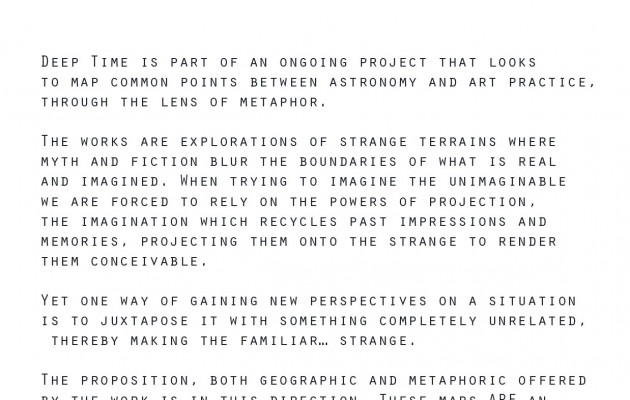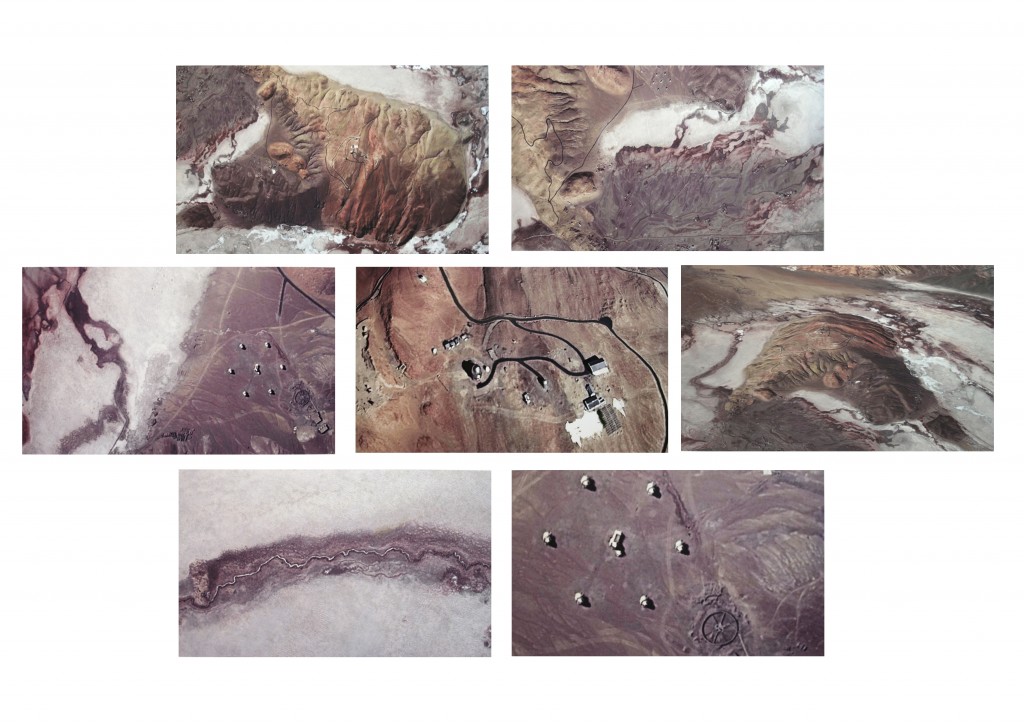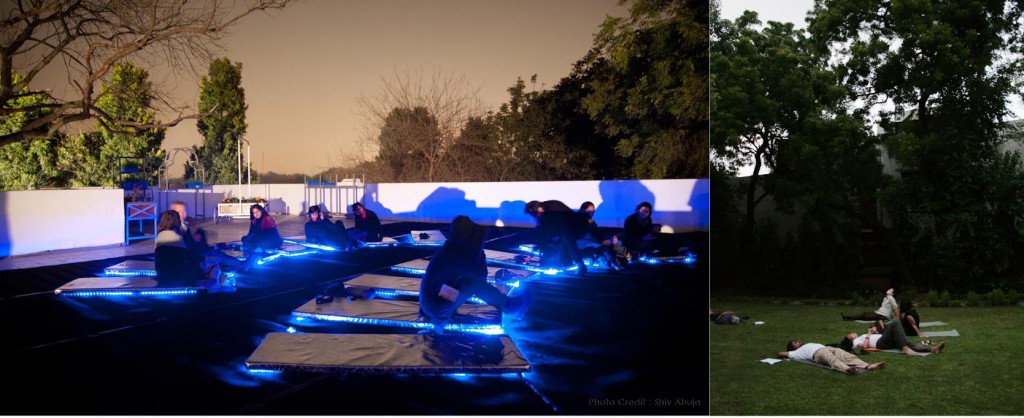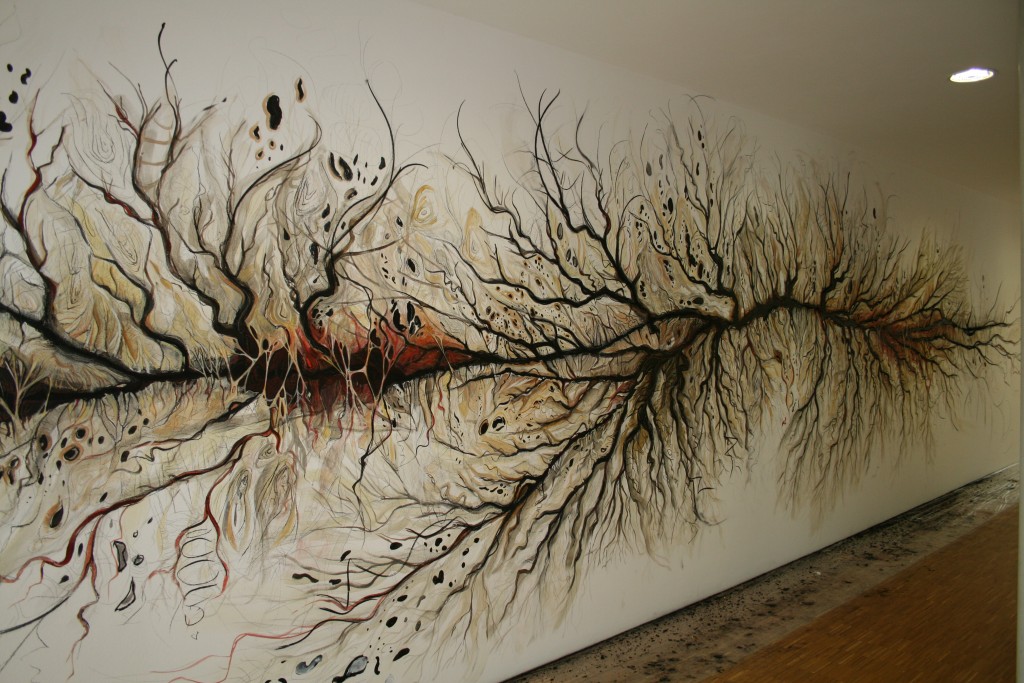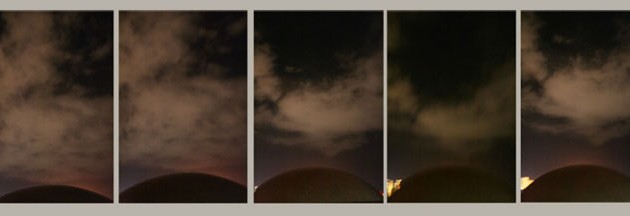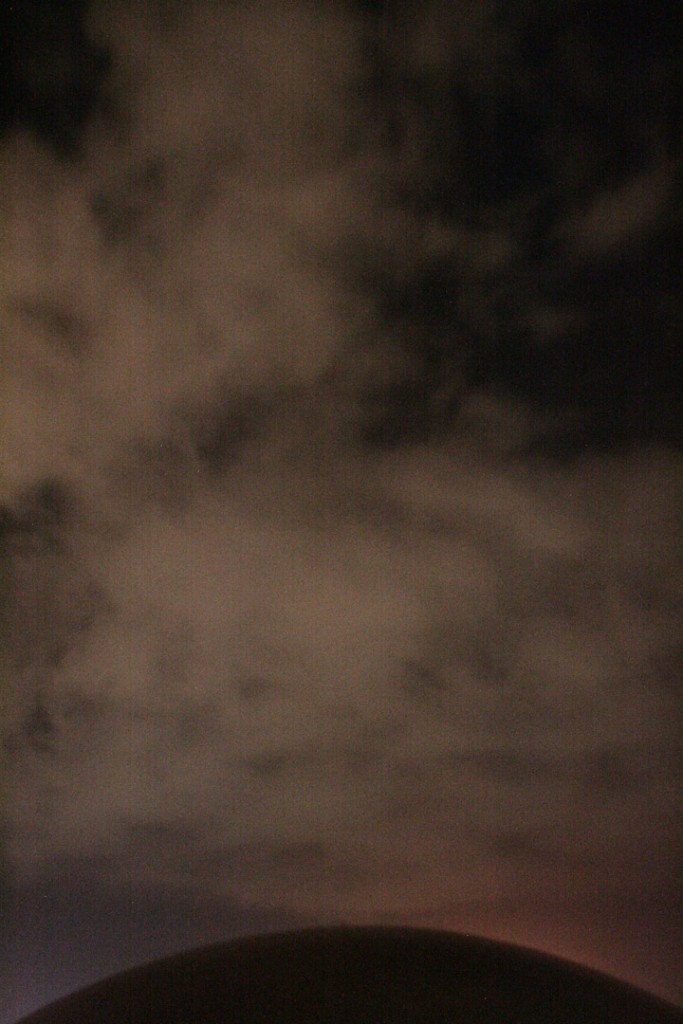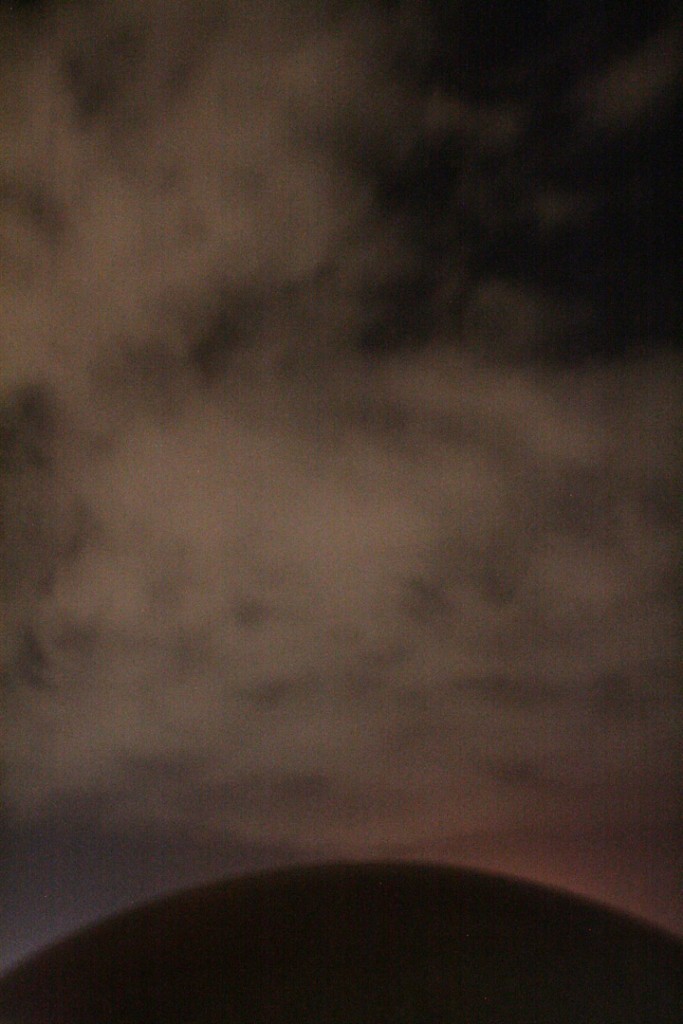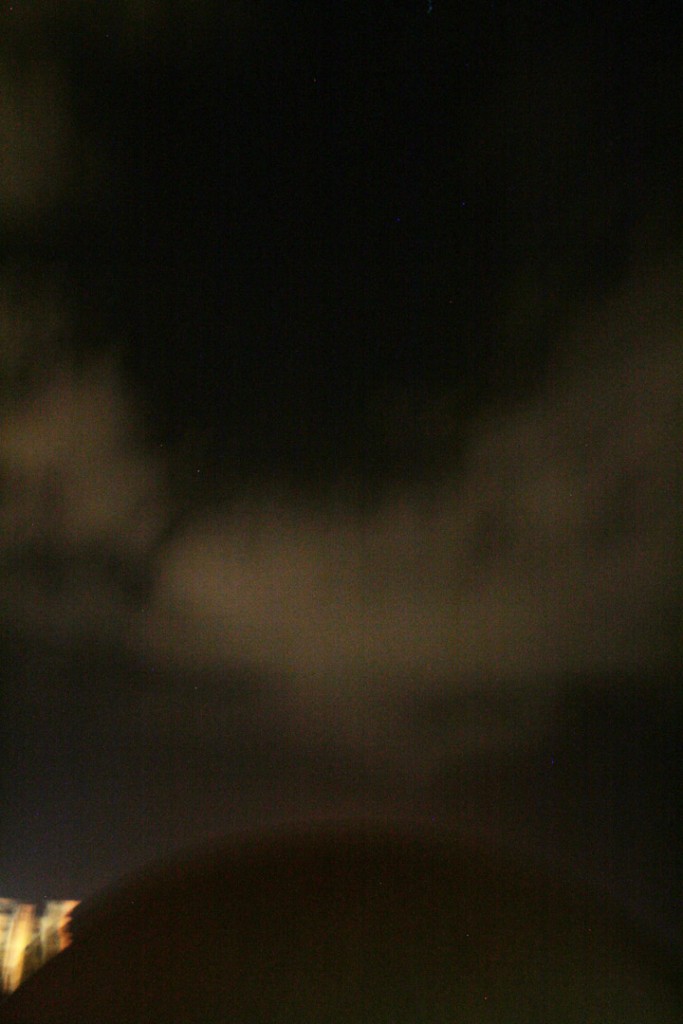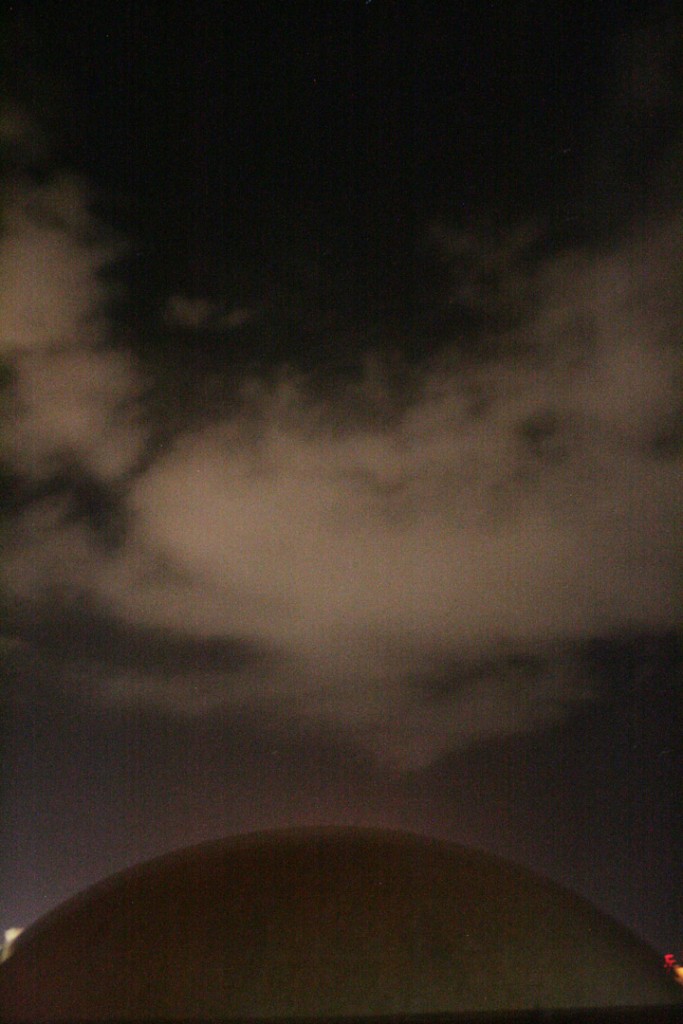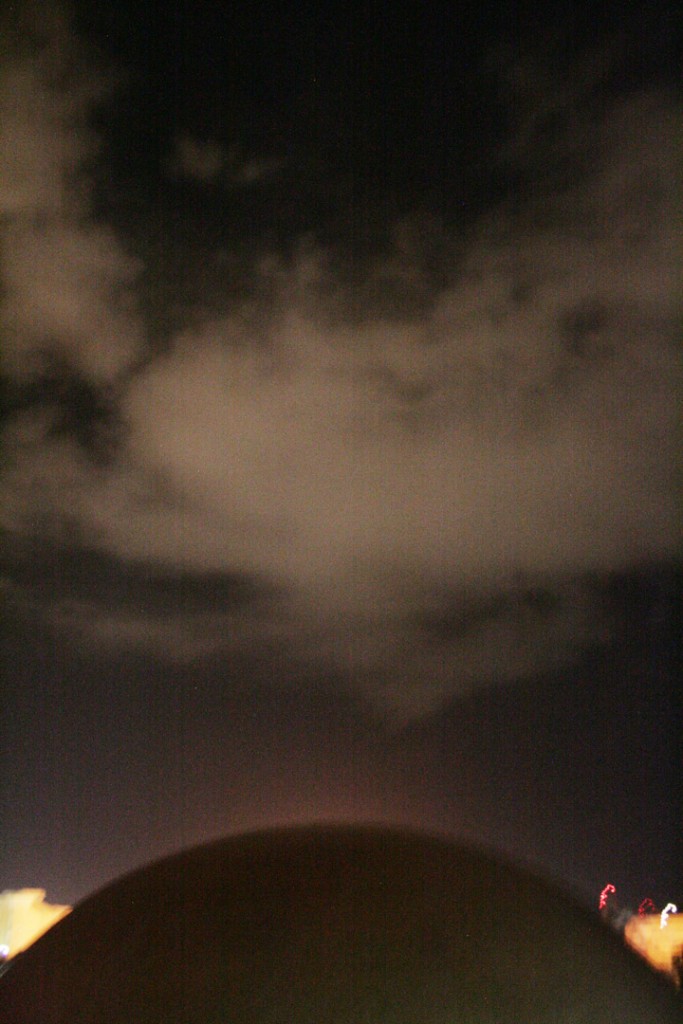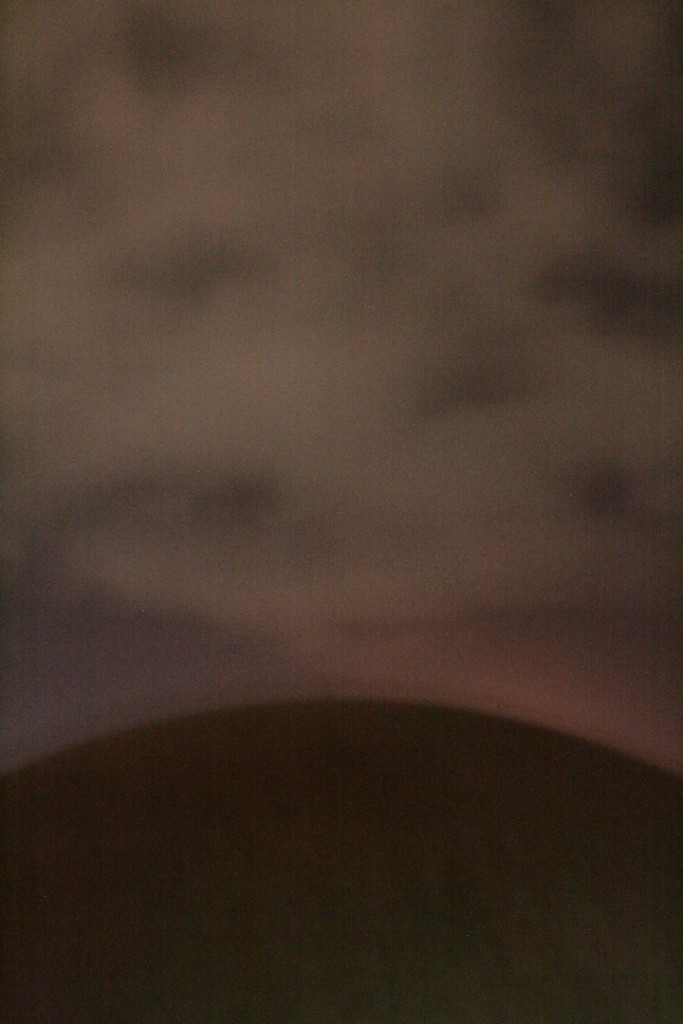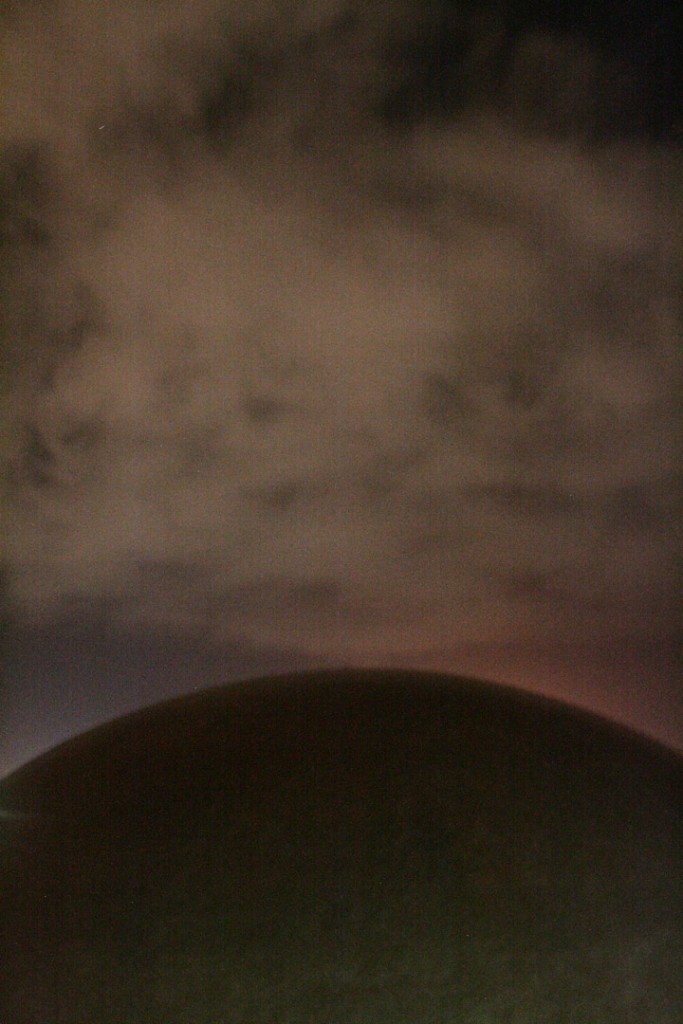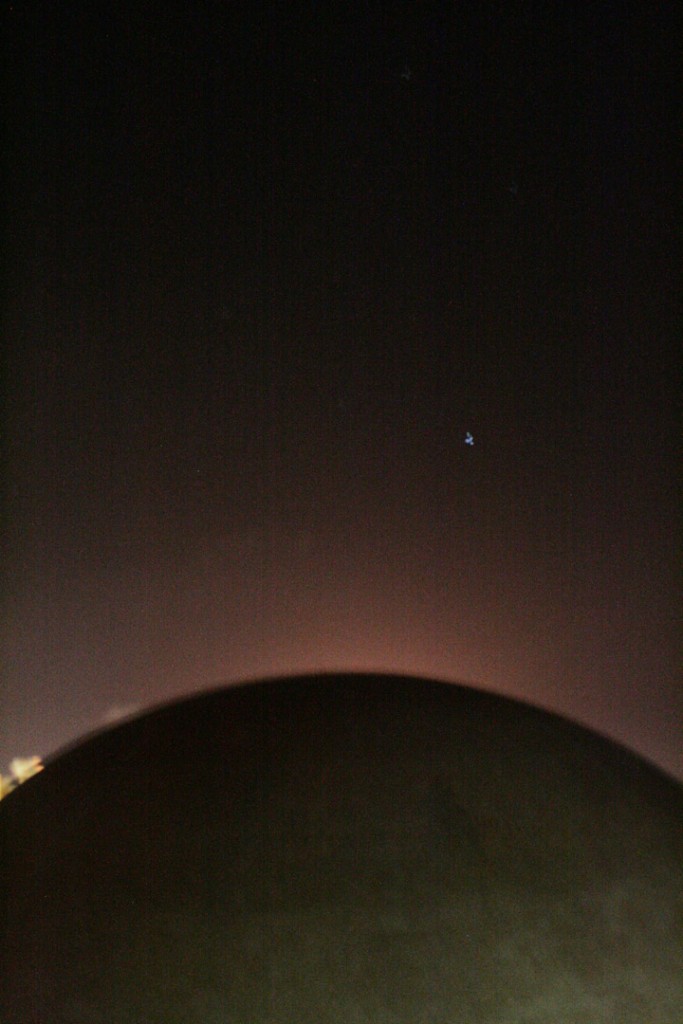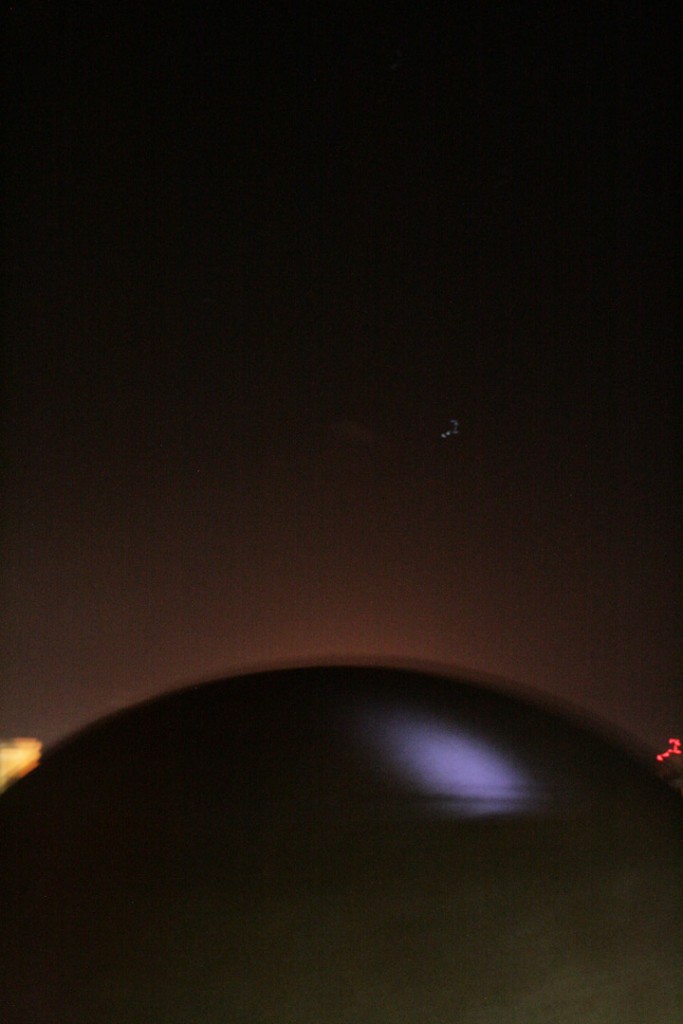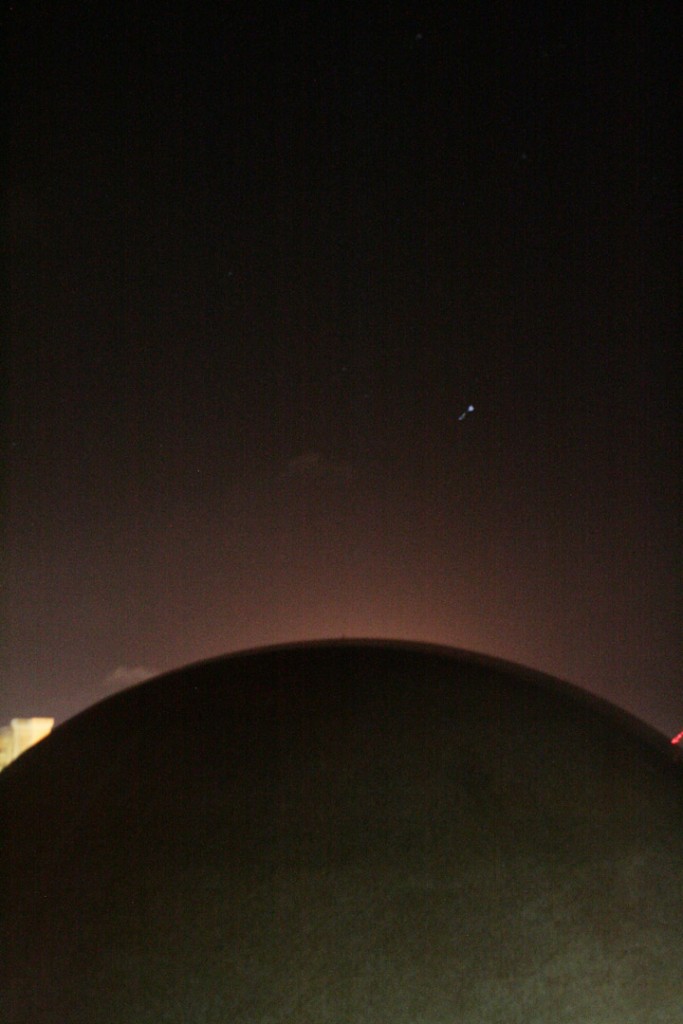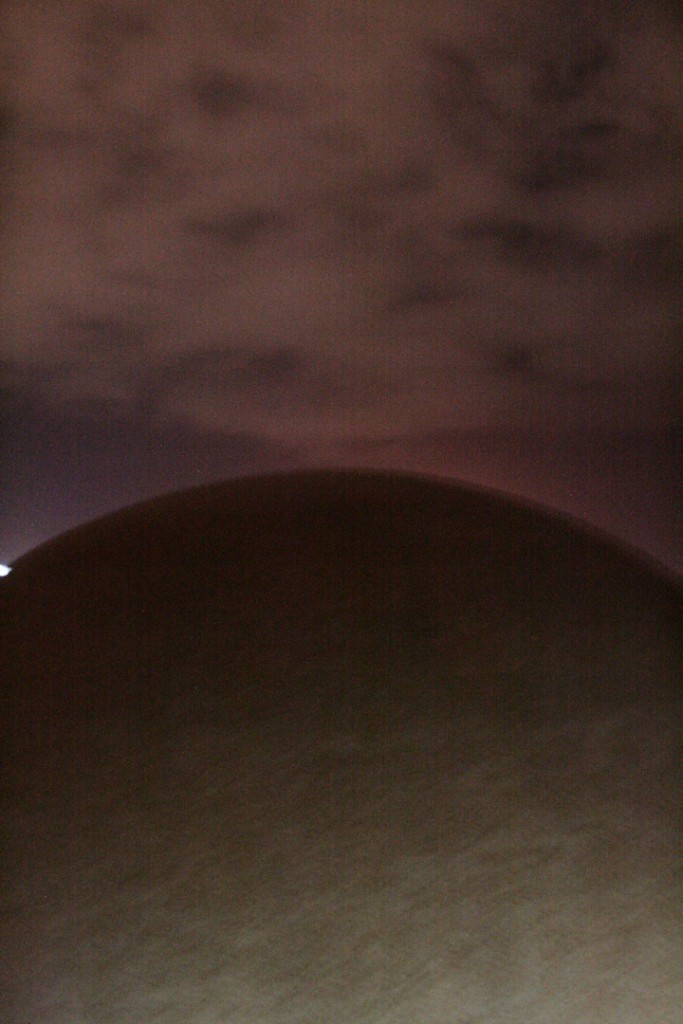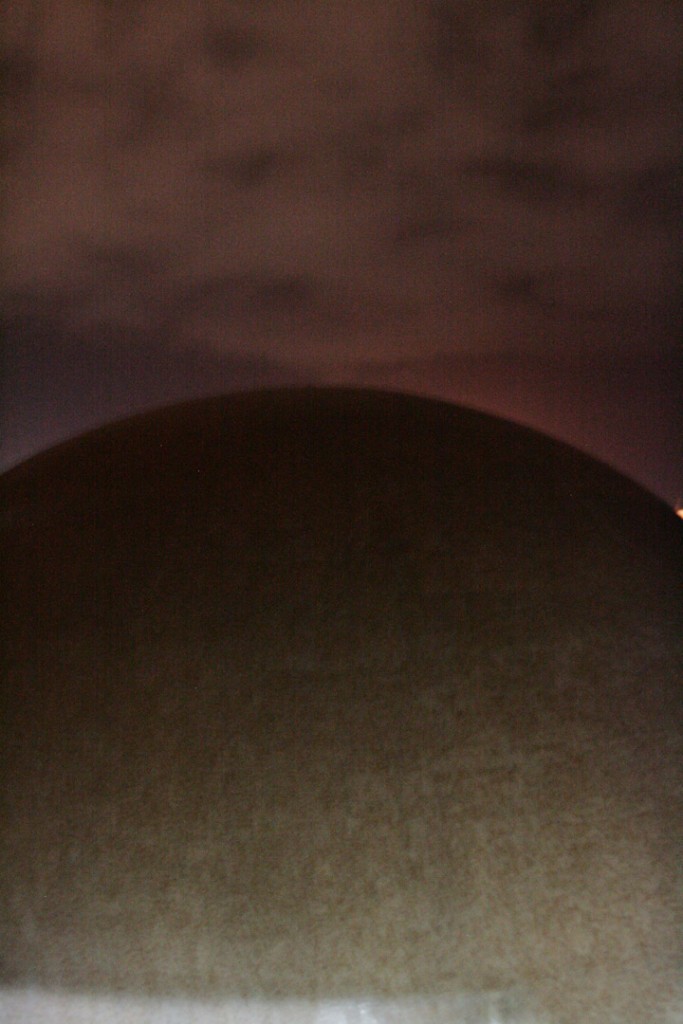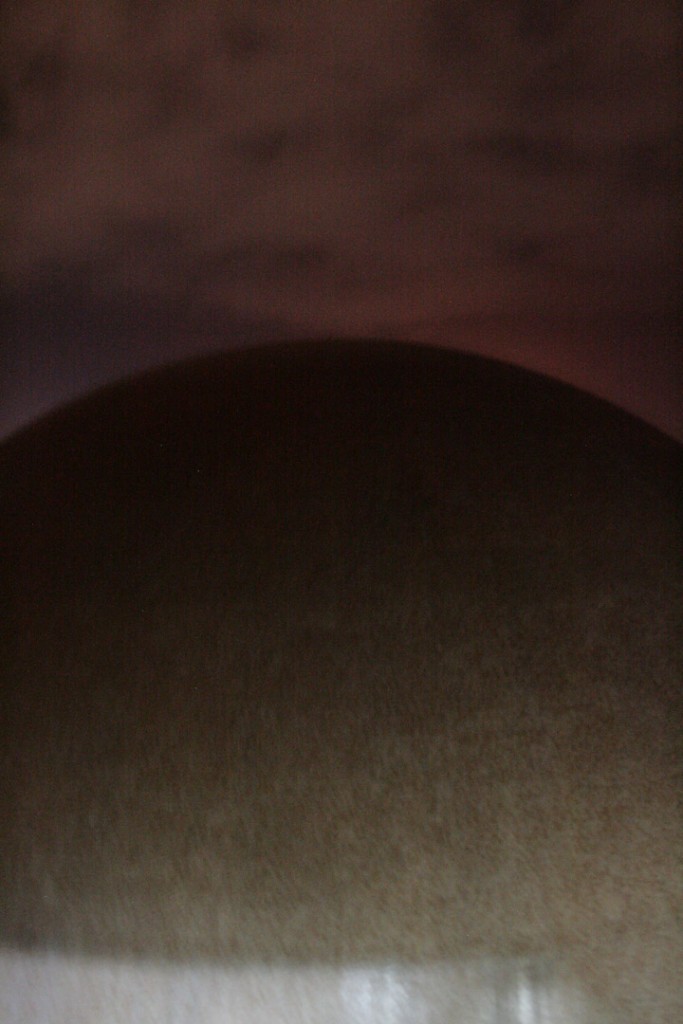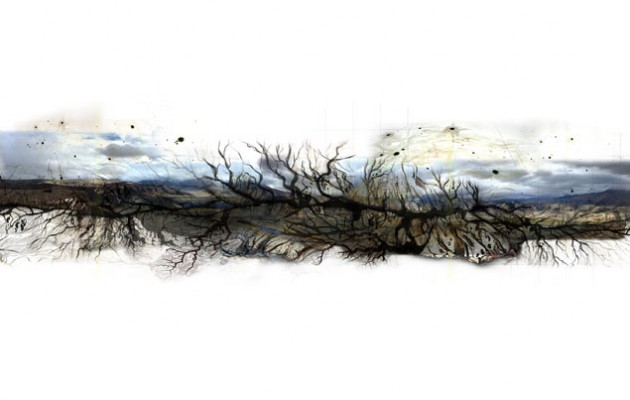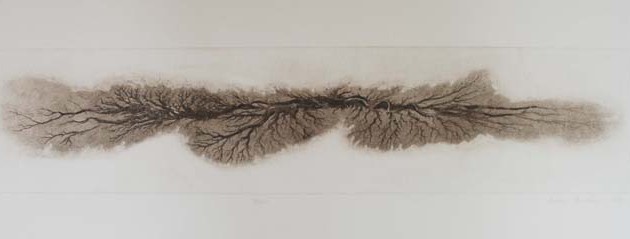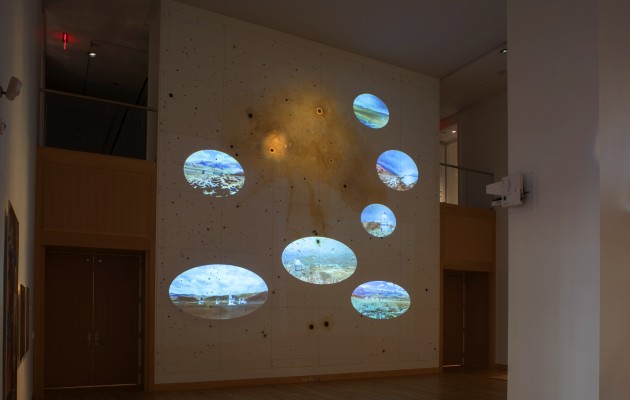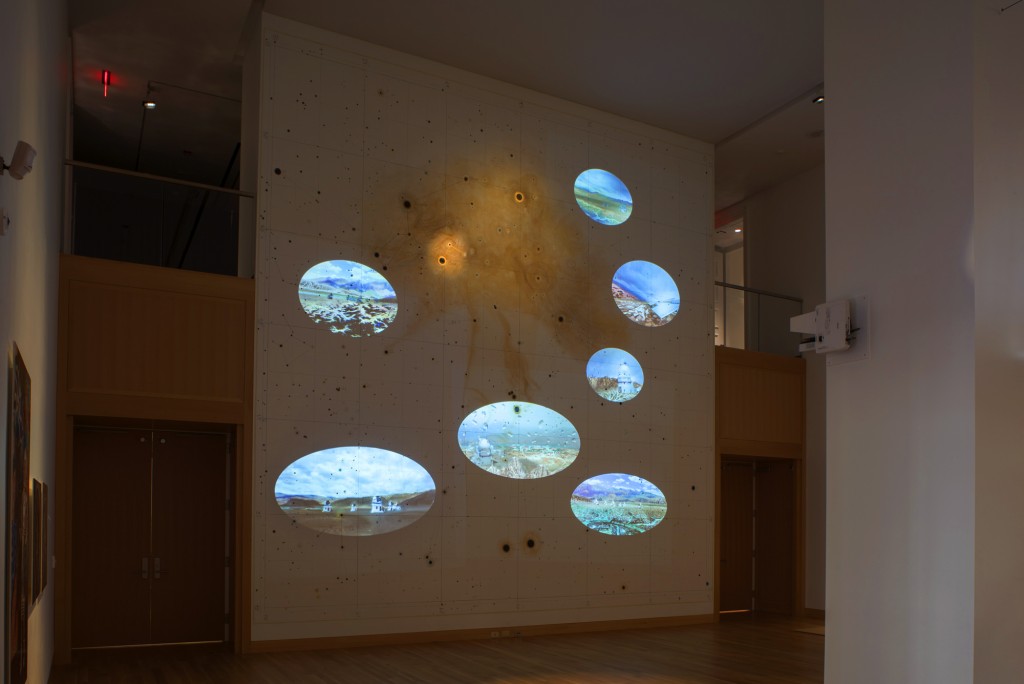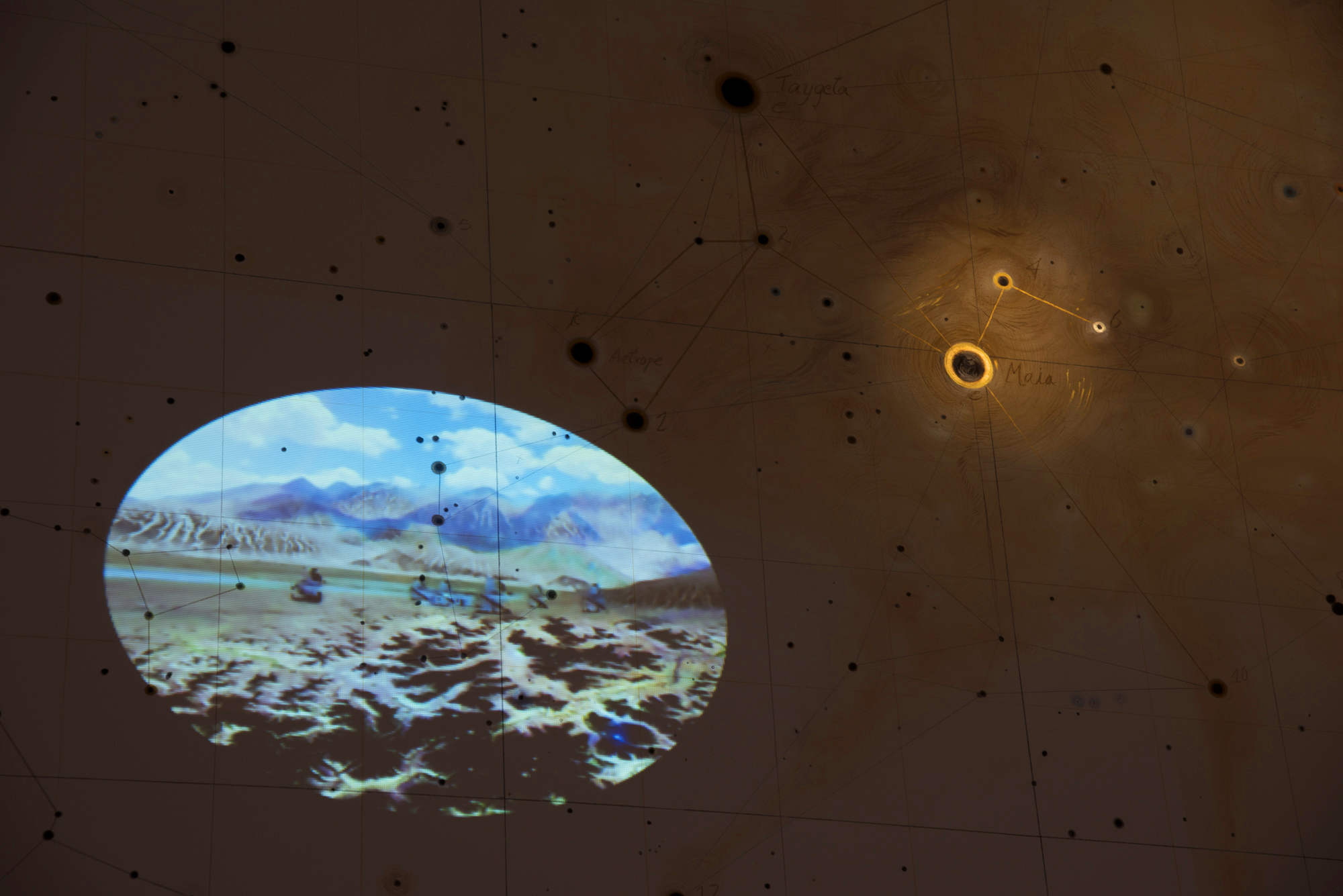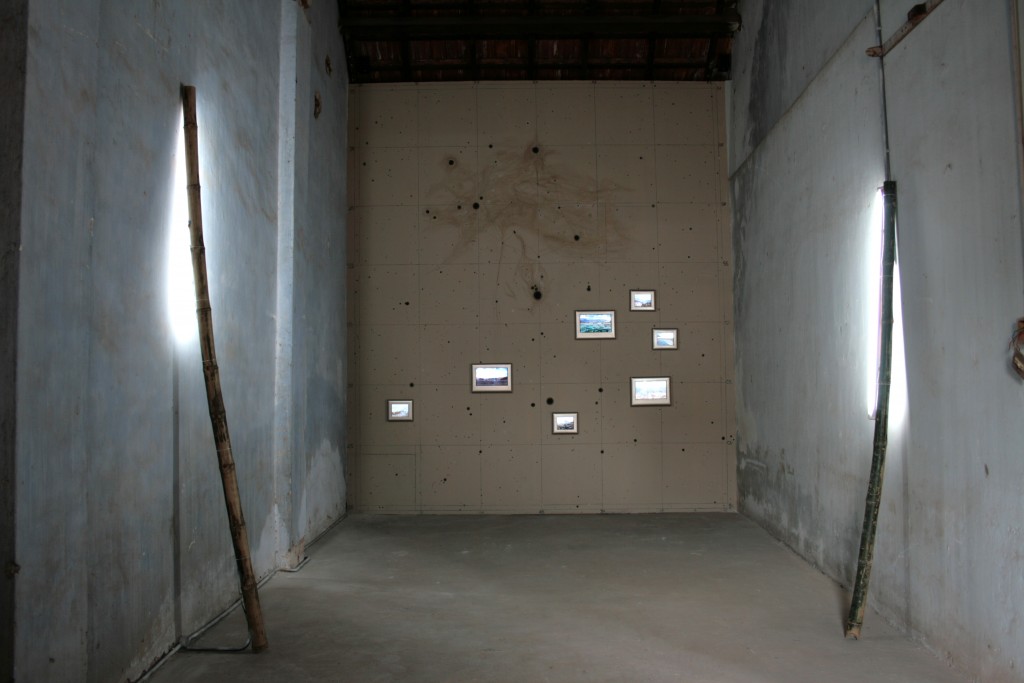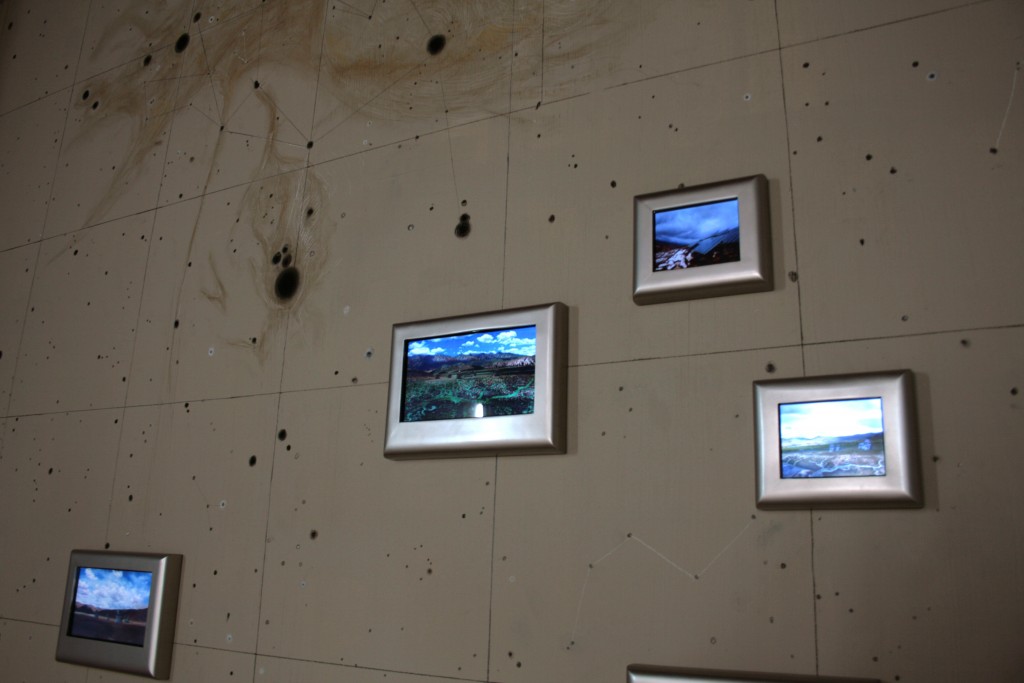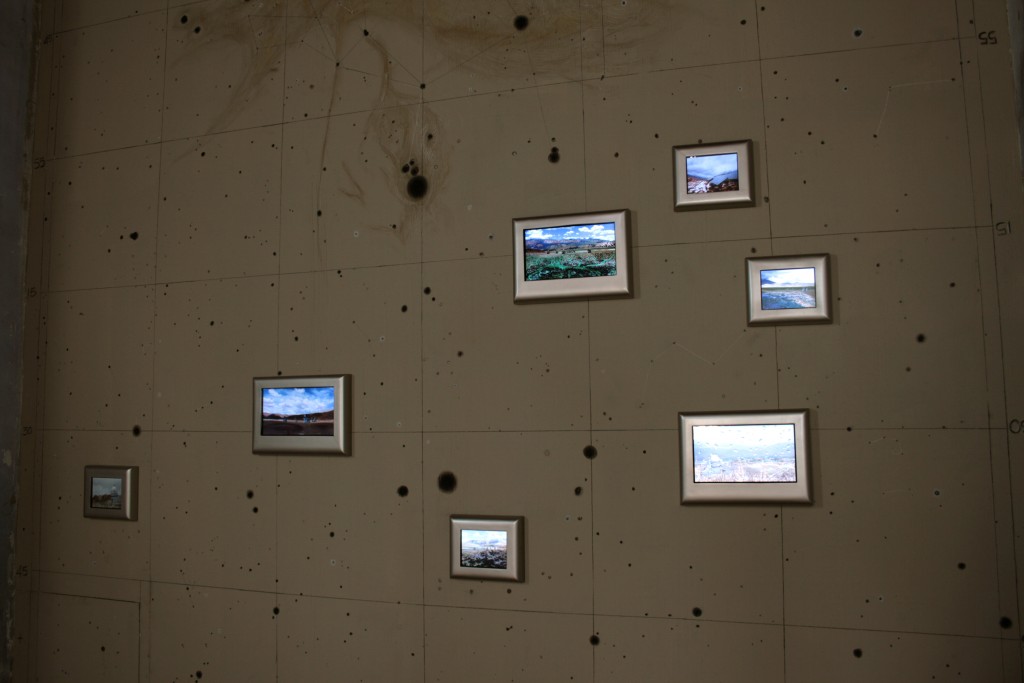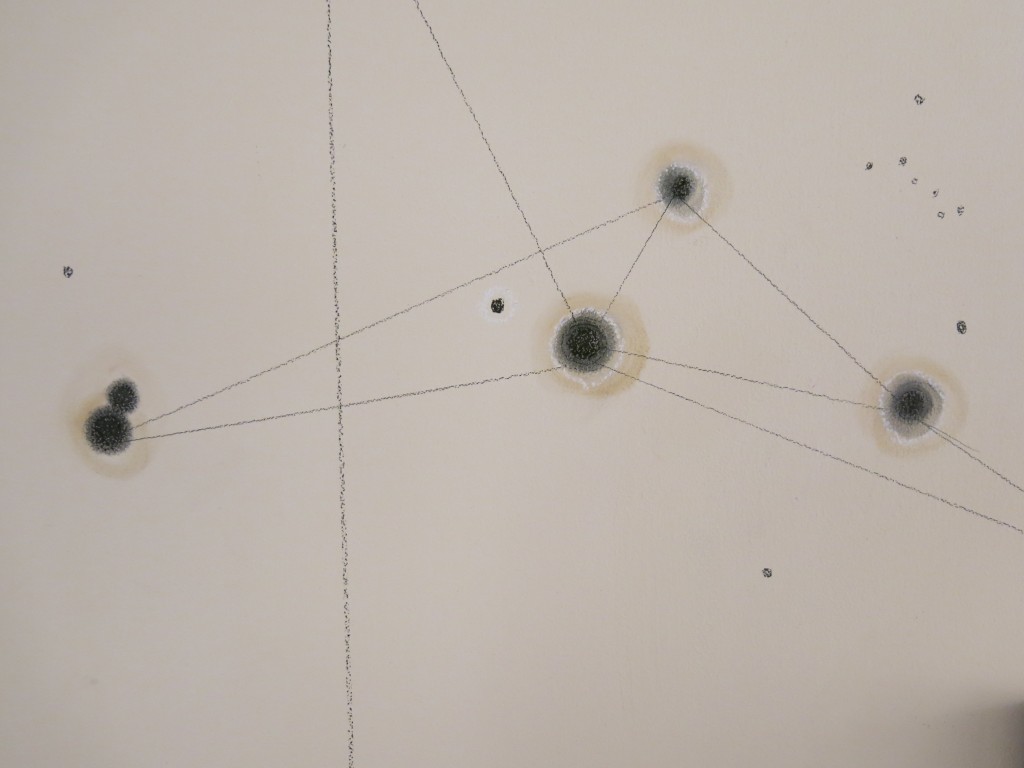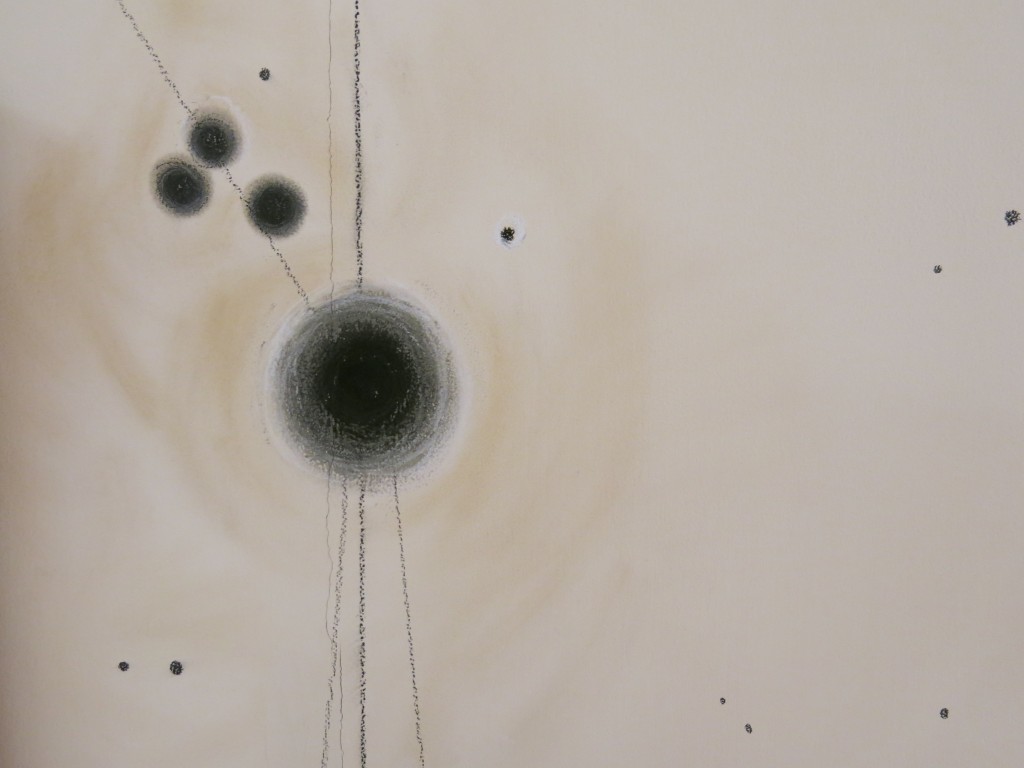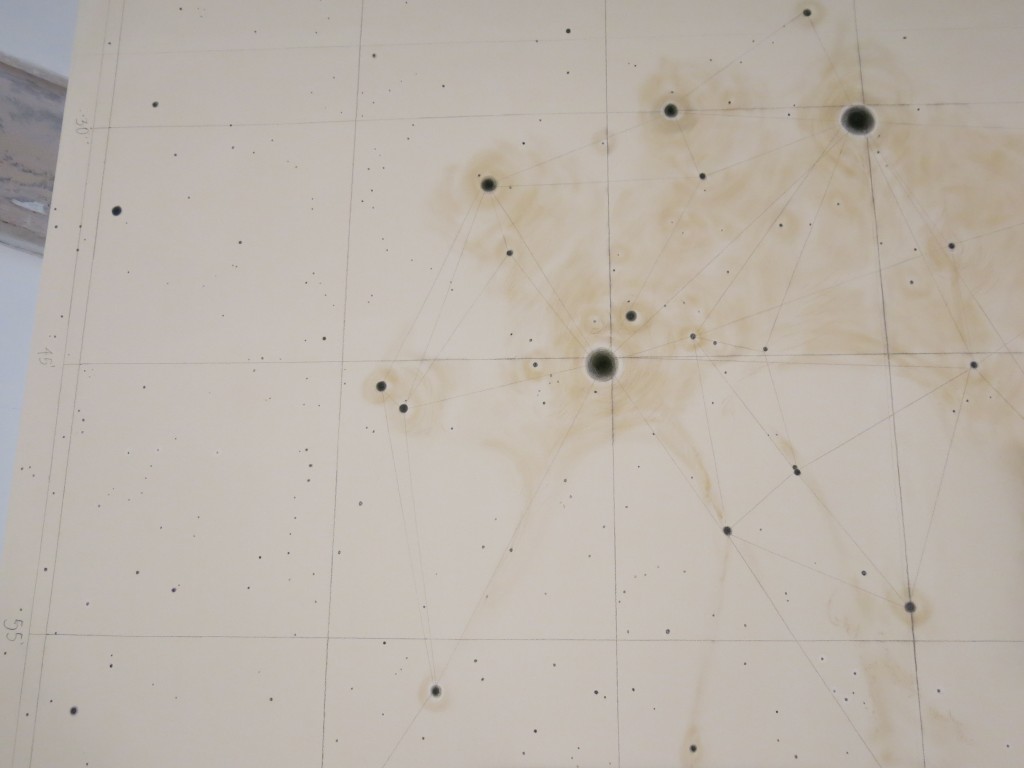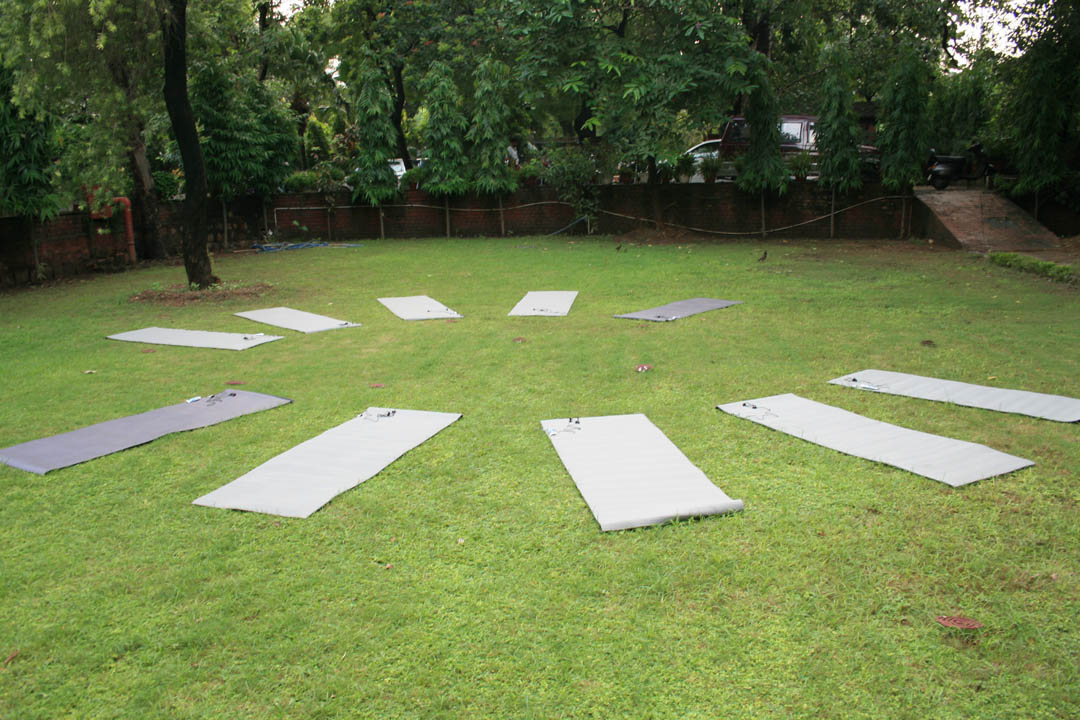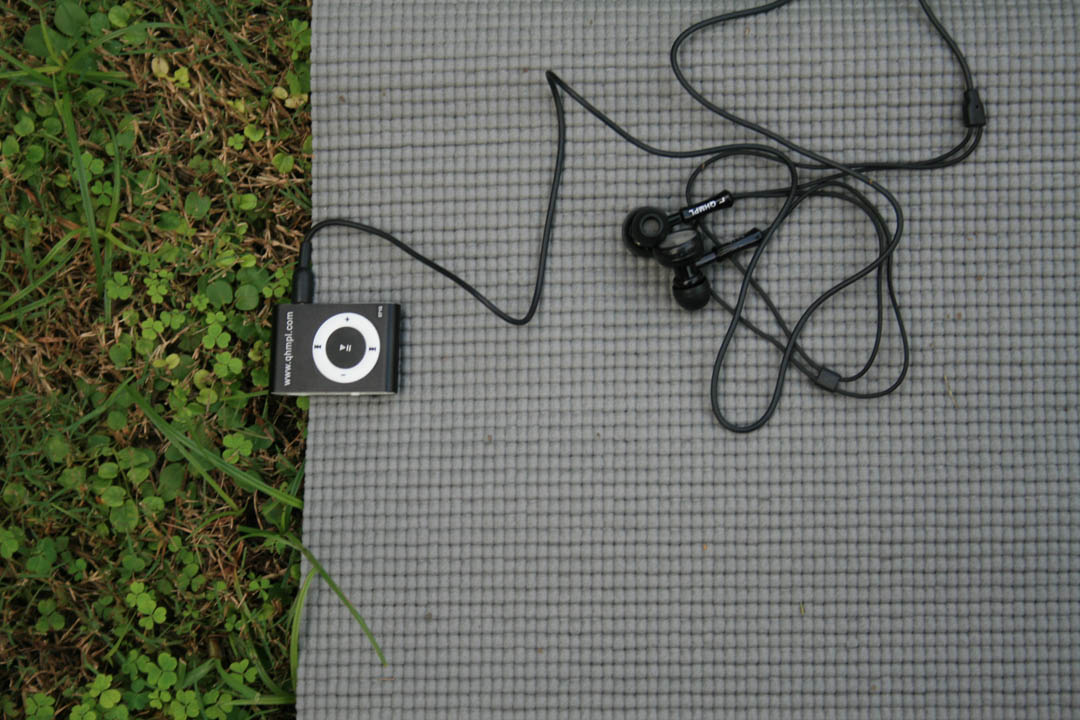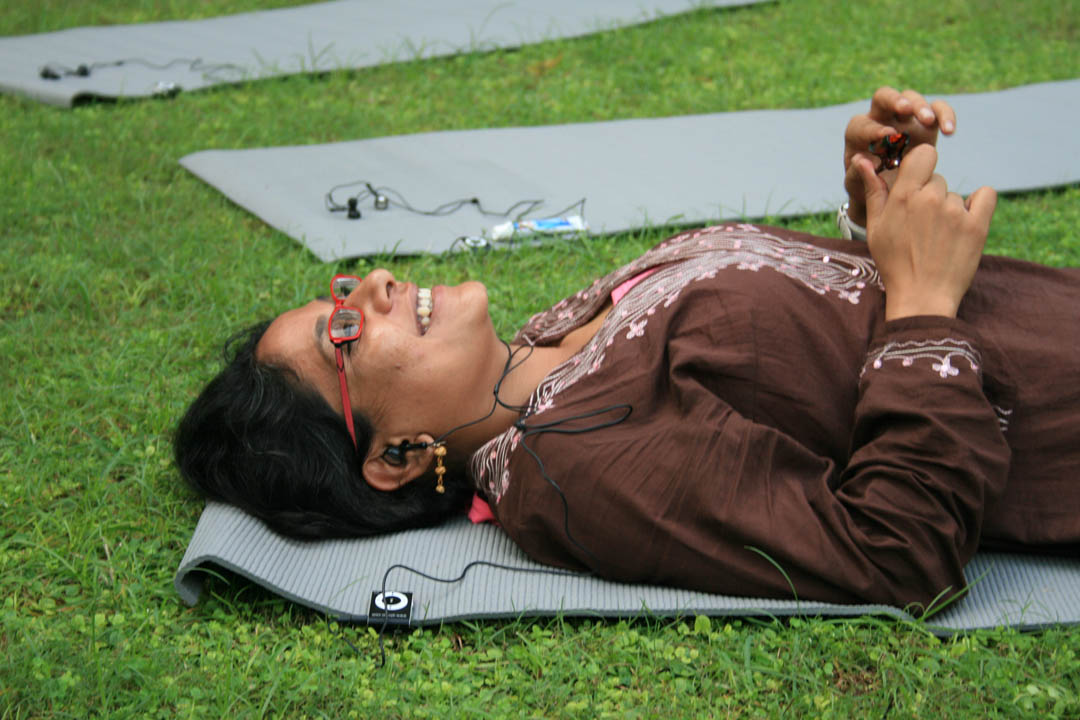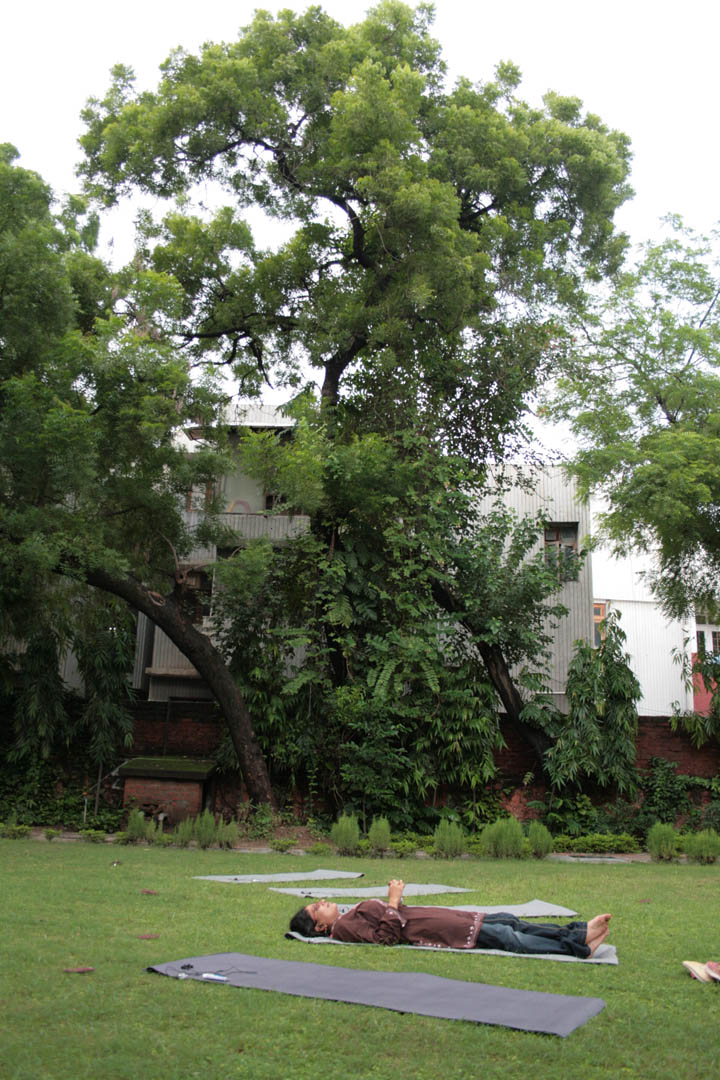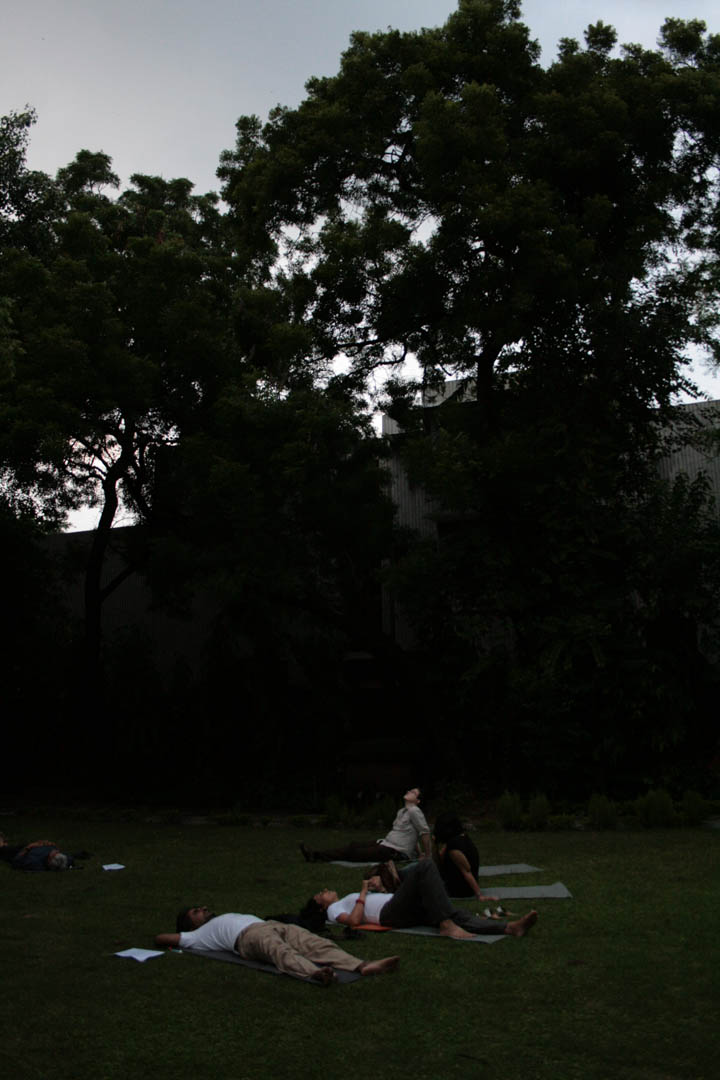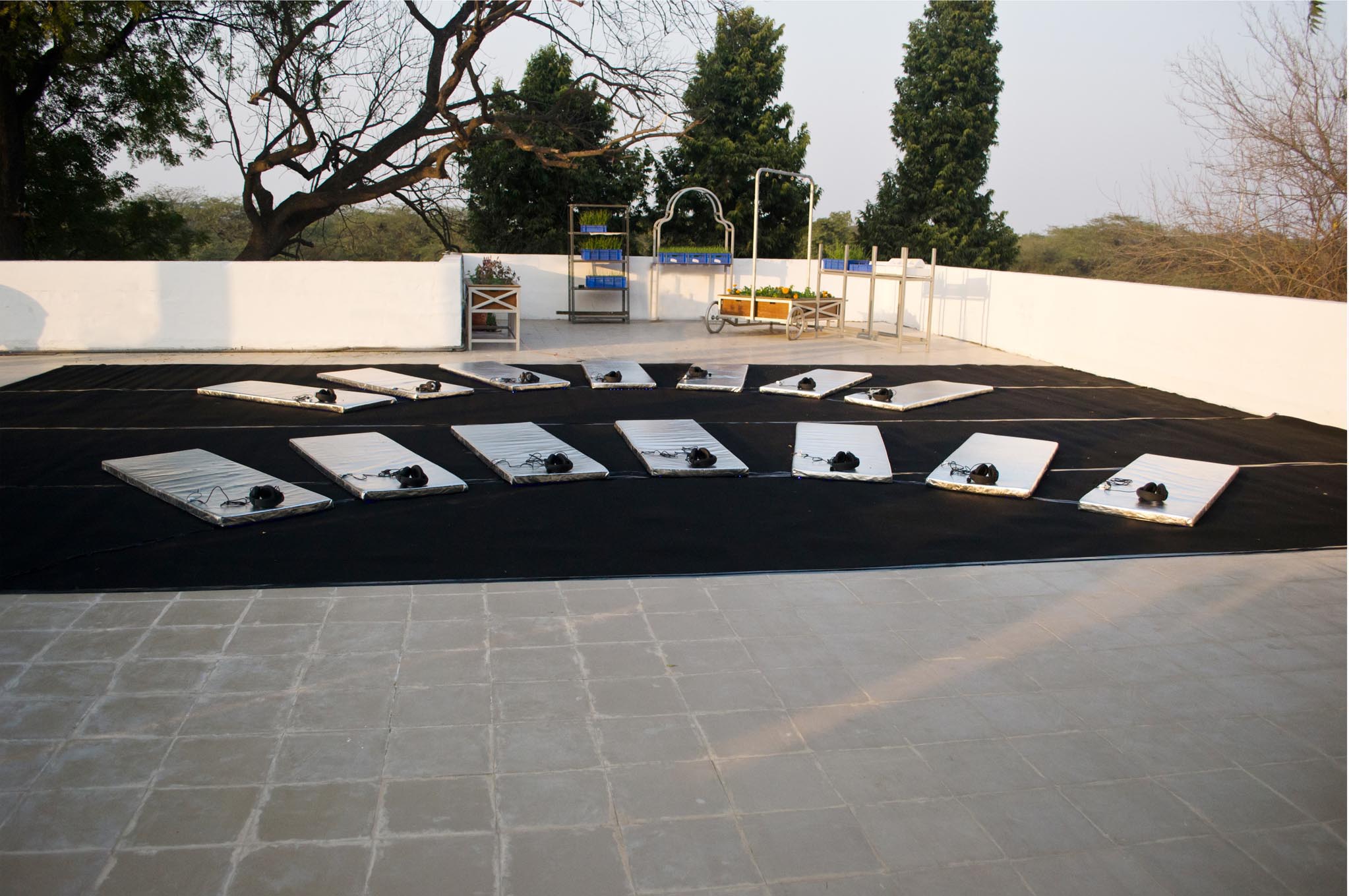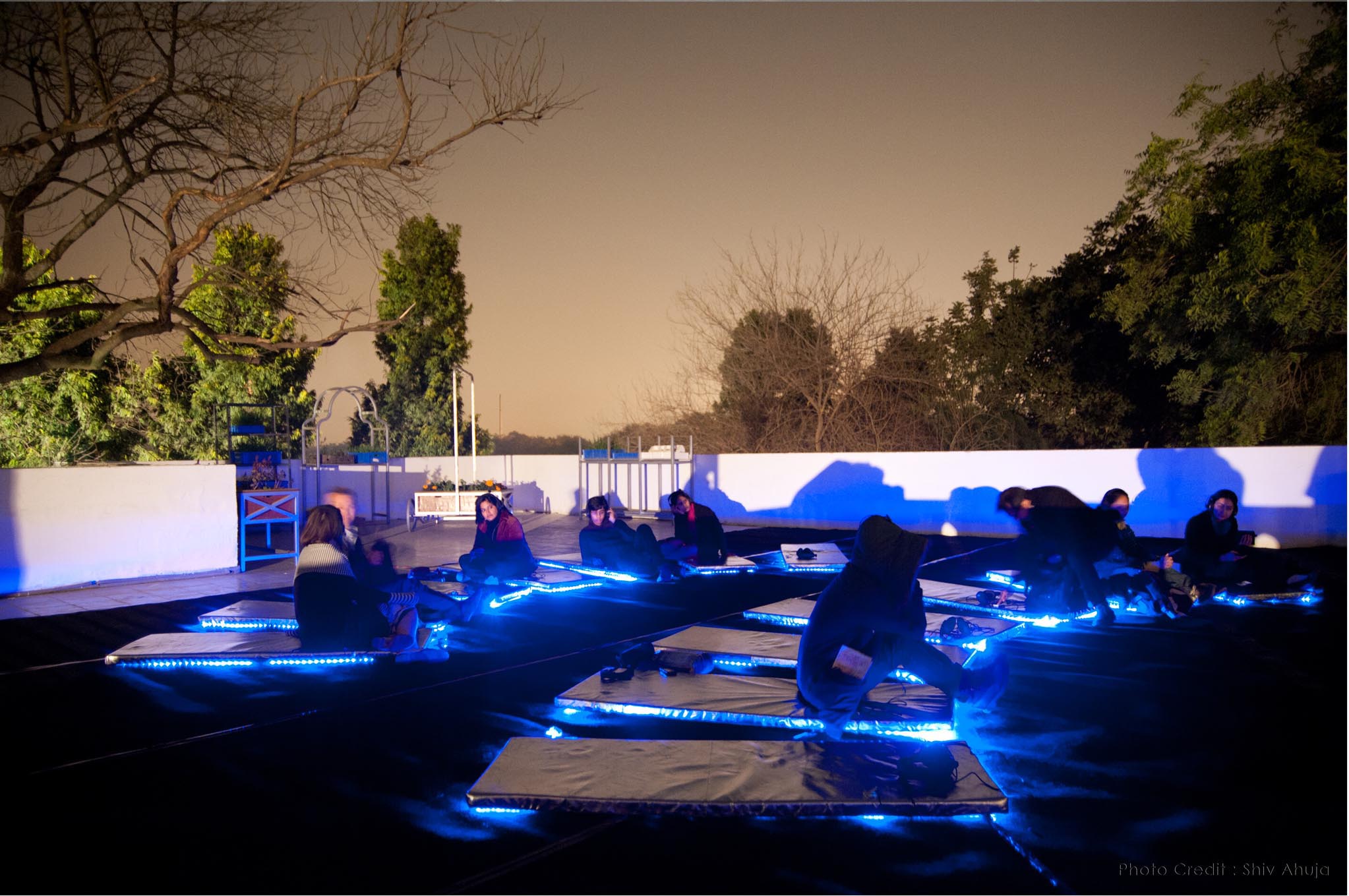deep time
- posted in
“Once a certain idea of landscape, a myth, a vision, establishes itself in an actual place, it has a peculiar way of muddling categories, of making metaphors more real than their referents; of becoming in fact, part of the scenery.”
Simon Schama
Three years ago I embarked on a project that looked at unravelling the hidden world of amateur astronomers in Delhi. Beginning as a form of collective investigation with ‘astro-nomads’ or amateur astronomers in Delhi, stories, conversations and histories came together as a chronicle of this almost obsessive group of people whose lives are transformed by the night sky. As an amateur astronomer and an artist myself, this was also an exercise in self reflexivity. Where did I position myself within the material, or perhaps where did astronomy position itself within my practice? As part of the research I travelled across the country chasing comets and stars with other amateur astronomers, each trip focused on a stellar event or site.
Deep Time is part of this ongoing project that looks to map common points between astronomy and art practice, through the lens of metaphor. These works are explorations of strange terrains where myth and fiction blur the boundaries of what may be perceived as real or imagined.
When trying to imagine the unimaginable we are forced to fall back on the powers of projection; of an imagination which recycles past impressions and memories, projecting them onto the strange/ unfamiliar to render it conceivable. Yet, one way of gaining new perspectives on a situation is to juxtapose it with something completely unrelated, thereby making the familiar…. strange.
Deep Time offers metaphoric and geographic propositions towards this morphing relationship between the real and the imagined, projected memories and unimagined presents and futures… Maps that chart the unobservable through a metaphoric plotting of the observed.
“The deep-time sciences (astronomy, geology) demand a double feat of imagination on the part of their practitioners: to compass the gargantuan time scales in which life evolves or stars form; and to project their own discipline far enough back into the past and forward into the future so that the patterns that emerge only after eons can be recorded and detected. They are the guardians of the far past in the service of the far future.”
Lorraine Daston
Part of this research was undertaken under the Sarai Associate Fellowship of the ‘City as Studio’ initiative at CSDS, Delhi between February – November 2010. It was further developed during a residency at the Max Planck Institute for the History of Science in Berlin between March – June 2012.
deep time projects
